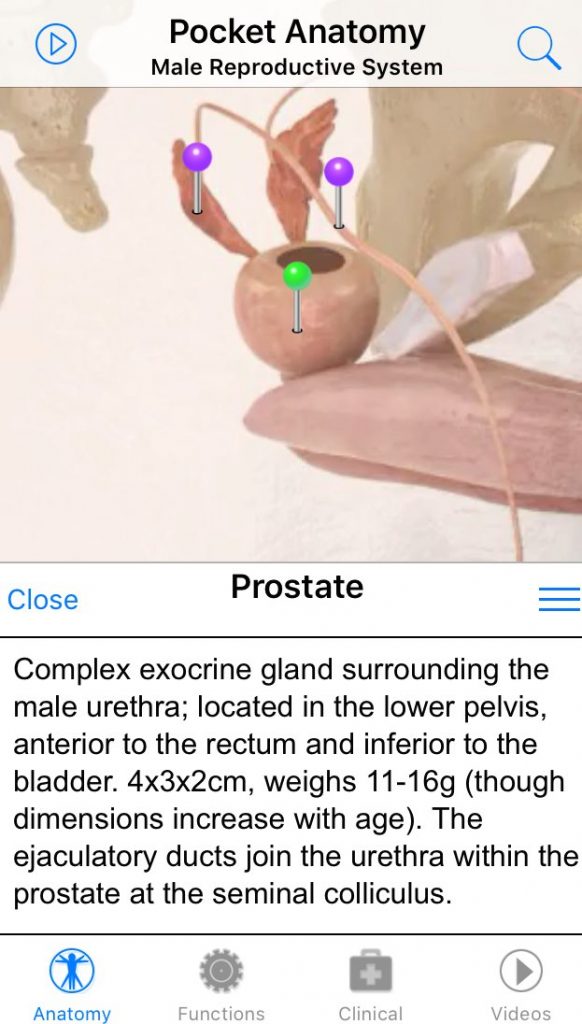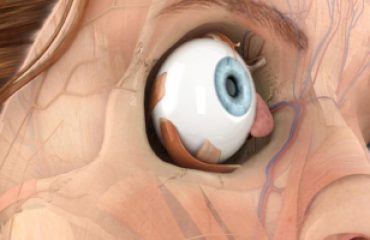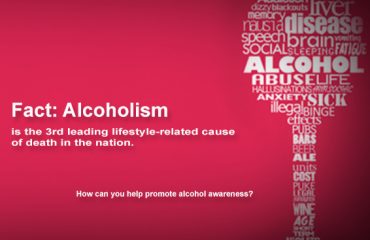The goal of the Movember movement is “to change the face of men’s health” and the Movember Foundation encourages men (and women) to join the movement to increase awareness of men’s health issues “…because men’s health is in crisis. Men are dying too young.”
Since it’s humble beginings in 2003, the Movemebr Foundation has grown into the leading global organisation committed to changing the face of men’s health. The month is officially celebrated in 22 countries around the world and has funded over 1,200 programmes designed to help men live longer, happier, healthier lives.
“Our work at the Movember Foundation helps men live healthy, happy lives and prevents men from dying too young. Men experience worse longer-term health than women and die on average six years earlier. Prostate cancer, the second biggest cancer affecting men, is set to double in the next 15 years. We want our men alive, well and enjoying life. Without the help of the global Movember community talking, taking action and giving money, nothing will change.”
Neil Rooney, Movember Ireland Country Manager.
To sign up and fundraise or to make a donation visit www.movember.com
Although the topics for this month’s blog seem to be disparate, they actually have something important in common. Both deal—directly or indirectly—with cancer.
The Anatomy of Prostate Cancer
The prostate gland is found in men in the urinary/reproductive systems. It is located in the lower pelvis, just under the urinary bladder, and surrounds the male urethra. The prostate gland produces a fluid that forms part of semen and also provides nourishment to the sperm, which is produced in the testicles.

The cells within the prostate gland produce a compound called prostate-specific antigen (PSA), which helps to keep the semen in a liquid state. Some of it circulates in the bloodstream and becomes measurable. When the PSA levels are high in a blood test, it may be an indication of problems within the prostate gland, including prostate cancer. Prostate cancer progresses very slowly and may be treated in a variety of ways. The best treatment for prostate cancer is that which an individual and his practitioner decide is best for him (informed decision making).
The Anatomy of Testicular Cancer
The testicles are a pair of organs (the male sex glands) located in the scrotal sac behind the penis; their main functions in mammals are to produce and store sperm, and to produce testosterone (the male hormone). Testosterone controls the development of the male reproductive organs as well as male characteristics such as voice and body hair.
This year, an estimated 8,720 men in the U.S. (and 164 in Ireland) will be diagnosed with testicular cancer. The average age of diagnosis is 33. For men with cancer that has not spread beyond the testicles (Stage 1), the survival rate is 99%. Testicular cancer age-standardized incidence rates are highest in New Zealand, the United Kingdom, Australia, Sweden, the U.S., Poland, and Spain. And testicular cancer is the most common cancer in men aged 25-49 in the UK.
Preventing Prostate and Testicular Cancer
Due to the prostate gland’s internal location in the body, men are unable to self-test for prostate problems, but certain symptoms may lead to the appropriate questions for their healthcare provider. While enlargement of the prostate may be the underlying cause of the symptoms, they should still be reported as unusual. These include: frequent or painful urination; problems starting or stopping the stream of urine; blood in the urine or semen; and difficulty in having an erection.
Self-exam of the testicles, like breast self-exam for women, is one way to detect early problems and bring them to the attention of the healthcare provider. Monthly exams allow men to understand the normal anatomy of the testes and better differentiate changes that may be caused by an early tumor.
The Great American Smokeout
November is also the month in which the U.S. draws awareness to the dangers of smoking with the American Cancer Society’s sponsoring of the Great American Smokeout, a day in which all smokers are encouraged to “lose the habit and become victorious over tobacco.” Smokeout Day is scheduled for Thursday, November 17 this year.
As mentioned in an earlier post on this site, the World Health Organization (WHO) celebrated “World No Tobacco Day” in May. That celebration is intended to encourage individuals around the world to stop using all tobacco products, and to draw attention to the widespread use of these products and their negative impact on global health.
Smoking is one of the main factors leading to the development of lung cancer. The use of tobacco products in general (aside from or in addition to smoking the product) is linked to many other types of cancers and chronic diseases, including those listed in this graphic:
About 5.8 trillion (5,800,000,000,000) cigarettes were smoked worldwide in 2014, and cigarette consumption is still on the rise. The significant reductions in smoking rates in the UK, Australia, Brazil, and other countries that implement increasingly tight tobacco control laws have been offset by the growing consumption in a single nation: China. The Chinese market now consumes more cigarettes than all other low- and middle-income countries combined.
China and Eastern and Southern Europe consume the most cigarettes per person. This is not only because of the high smoking prevalence but also high smoking intensity: the large number of cigarettes smoked by the average smoker per day.
Preventing the damages effected by smoking tobacco products
There are many ways to encourage individuals to stop smoking, but one of the most effective preventive medicine/public health initiatives involves helping young people never to start the habit. Health promotion messages aimed at children and youth may be effective in some situations.
Attacking the problem from a health policy perspective may be another way, including an increase on cigarette taxes and increasing the age of those able to purchase tobacco products. As of August 2016, only California and Hawaii have increased the tobacco sales age to 21. Check out the reasons why raising the sales age to 21 will make a difference.
Along with California and Hawaii, several large cities—including New York, Chicago, and Boston—and many smaller communities have increased the age of sale to 21.
Does substituting e-cigarettes for tobacco products make sense?
But both advertising aimed at children and youth that makes smoking appear to be sophisticated and the increased availability of “vaping” products work against health officials and clinical practitioners in their work to keep youth from initiating the smoking habit. Vaping has become a $6 billion business worldwide, and is expanding in almost every country in the world.
Vaping devices (or e-cigarettes) contain no tobacco products but use heat to vaporize a nicotine-laced liquid, seen by many as a less-toxic alternative to traditional cigarettes.
In “Vaping Is Far From Harmless”, science writer Leah Shaffer explores the pros and cons of using e-cigarettes for a program in PBS’s NOVA series. And Danielle Venton writes “The War Over Vaping’s Health Risks is Getting Dirty” for Science in their April 2015 issue.
Other causes of lung cancer
Smoking and the use of tobacco products are not the only root causes of lung conditions and lung cancer. One lesser known – though just as important – is exposure to asbestos. Asbestos is a durable fiber that’s been used widely in construction. Exposure poses serious health risks, including cancer. One such risk is mesothelioma, a rare, aggressive cancer most common in the lungs. It has a long latency period of 10–50 years, so diagnosis is extremely difficult and as a result, the prognosis is also very poor. Being educated on the dangers of asbestos and where to find it are the keys to prevention for all of these serious health risks.
———————
How did you enjoy the read? In the article we mentioned prostate, testicles and lungs. Find out where they are located in the human body, by downloading our app.





